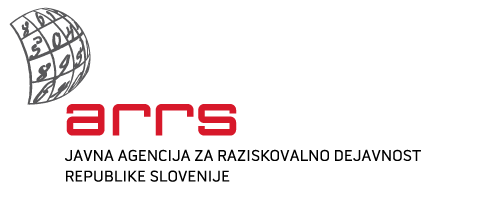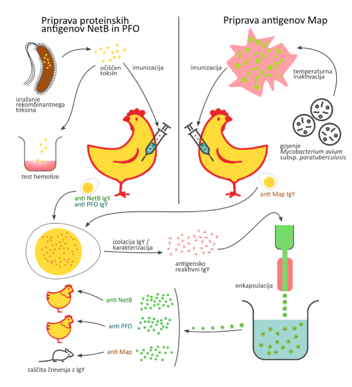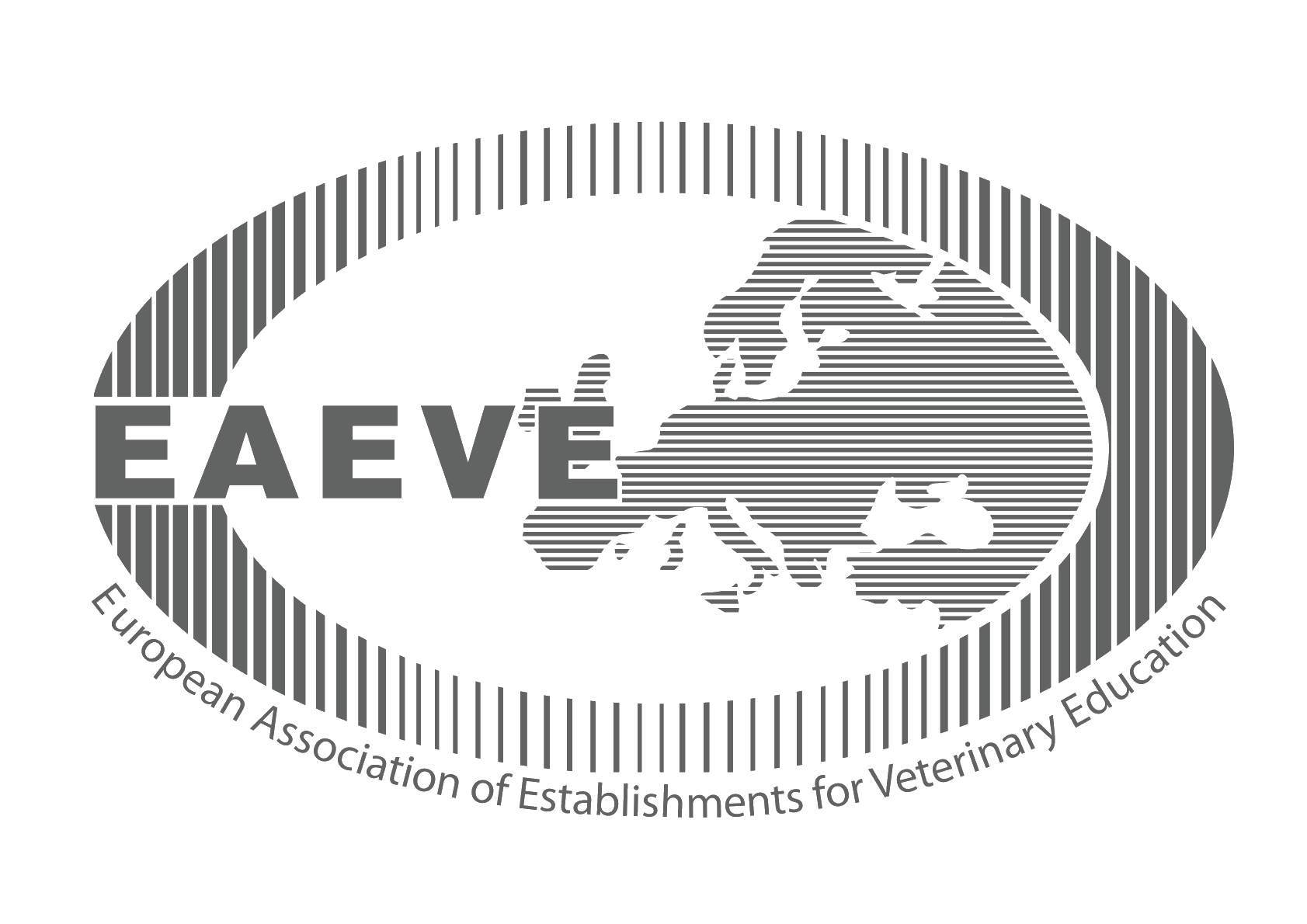J4-9321

Improving immune response of animals against Mycobacterium avium subsp. paratuberculosis and Clostridium perfringens toxins with chicken egg yolk antibodies

General data
Member of UL: Veterinary Faculty
Name of the leading partner:
Status: leading partner
Project code/ Projet No.: J4-9436
Project Title: Improving immune response of animals against Mycobacterium avium subsp. paratuberculosis and Clostridium perfringens toxins with chicken egg yolk antibodies
Project period: 1. 7. 2018 - 30. 6. 2021
Yearly sum of FTE: 1,5 FTE
Leader: dr. Matjaž Ocepek
Scientific field: Biotechnical Sciences/Veterinary Medicine
Partners:
Project phases
- Antigen preparation
- Hen immunization
- IgY extraction
- IgY application
- Evaluation of immunoprophylaxis

Project description
Gastrointestinal disorders are the most frequent diseases of farm animals. They are problematic both in terms of maintaining animal health and in terms of economic sustainability of the production of foodstuffs of animal origin. Oral administration of specific antibodies is one of the possible alternatives to address the gastrointestinal infections in humans and animals. Similarly as vaccination, it has several benefits in comparison to the conventional antibiotic therapy:
- It does not lead to the development of the resistance of microbes to antimicrobial drugs and may also be used preventively;
- It can act both against bacterial and viral infections;
- It does not affect the normal gut microbiota – a lower risk of secondary infections (C. difficile ...);
- There are no drug residua in the treated animals.
Compared with vaccination, the oral administration of specific antibodies is often a simpler and cheaper option. In their production there are no requirements related to the recombinant technology and no public resistance in relation to the genetically modified organisms. The production of egg proteins is favourable in terms of technology and costs, and easily scalable, while it is non-invasive and therefore acceptable to the general public. Also, the application itself is, as a rule, simpler and cheaper. In addition, it does not induce a non-specific immune response which may interfere with the use of vaccines.
In recent years, the production and use of antibodies derived from chicken eggs has been markedly gaining in its importance. A number of procedures have already been developed to prevent or treat various bacterial and viral diseases of the gastrointestinal tract of domestic animals. However, there has not yet been a successful attempt to use IgY antibodies for the protection against the bacterium Mycobacterium avium subsp. paratuberculosis (Map), causing paratuberculosis – an incurable chronic inflammatory bowel disease of cattle and other ruminants. An effective method for the prevention or control of paratuberculosis would be an important breakthrough in the fight against one of the most economically significant ruminant diseases worldwide. If it is shown that anti-Map IgY protect the animals from the disease, the production of such an effector will represent a great economic opportunity. In addition, by limiting this widespread disease in Slovenia, the economic efficiency of ruminant farming and thus the competitiveness of this important segment of our agriculture would be significantly increased.
It will also be a completely new and original contribution to the science, if we are able to prepare and effectively use the IgY antibodies against PFO and NetB toxins produced by the bacterium Clostridium perfingens. According to the available data in the literature, the use of these antibodies to protect against C. perfingens has not yet been described. C. perfingens is causing necrotic enteritis, one of the most common and economically important diseases of fattening poultry in the world. In this manner, the poultry production would be less expensive and the use of antibiotics reduced. Undoubtedly, this would have a positive effect on the international competitiveness of our poultry production, which is one of the most important agricultural sectors in Slovenia. By reducing the use of antibiotics in poultry production, however, the protection of human health would also be addressed, directly by reducing the risk of drug residua in the meat and indirectly by reducing the potential for increasing the resistance of microbes to antimicrobials.
This promising technology has not yet been practically used for the control of any disease in the European Union (EU), but it can be expected that this would change in the near future, also due to the increasing problems with the resistance of bacteria to antimicrobial drugs. Thus, the experiences gained during the present project will also be important in the development and implementation of this technology for the control of other diseases.
Structure of the project group
Location
Gerbičeva 60
SI-1000 Ljubljana
Slovenija
Sample Reception
Samples are received at several locations throughout Slovenia. See where.
The veterinarian on duty
Emergency veterinary assistance for dogs and cats and a telephone number of constant readiness.
Library
A wide selection of domestic and foreign professional literature in the field of veterinary medicine and other sciences.
Main navigation
-
Education
- Informativni dan
- Why to become a veterinarian?
- Undergraduate Studies
- Postgraduate studies
- Pripravništvo
- Summer Schools
- Continuous education
- Professional Development
- International Activity
- Mednarodna dejavnost - Tuji študentje
- The Path to Creative Knowledge
- Tutoring
- Extracurricular Activities
- Career Centres
- Alumni
- Student organizations and societies
- Quality Assurance
- Clinics
- Diagnostics
- Dobrobit
- NVI
- Research
- About us
- Hub


